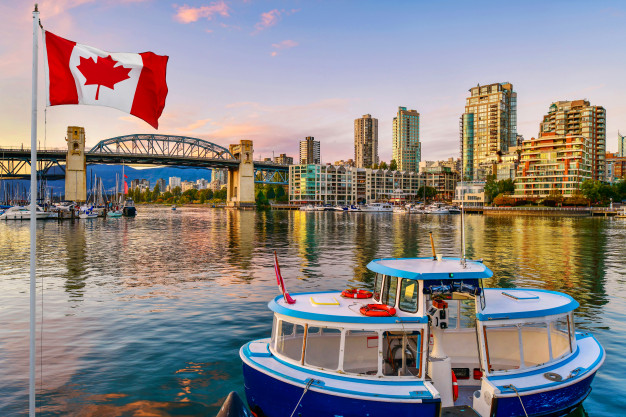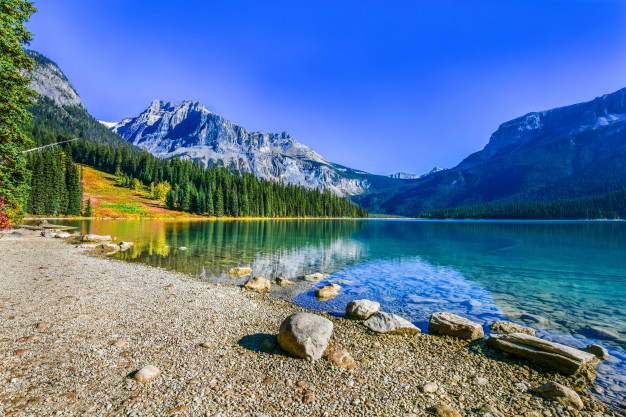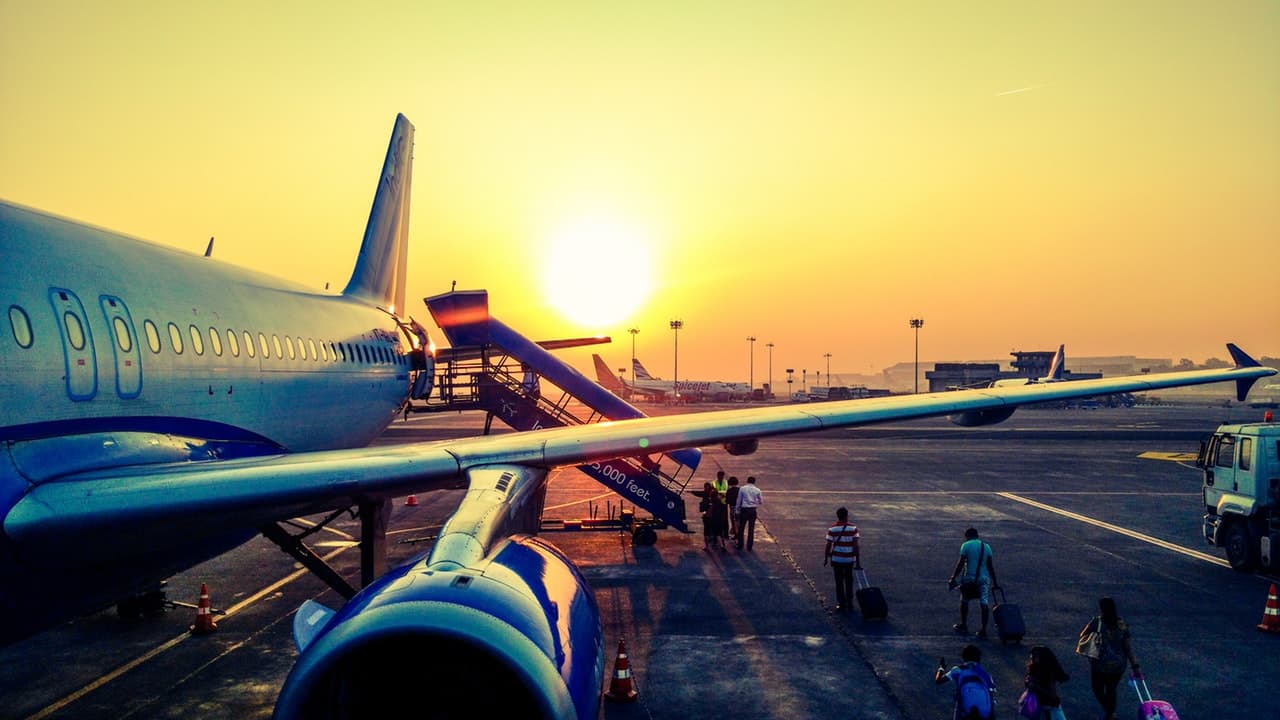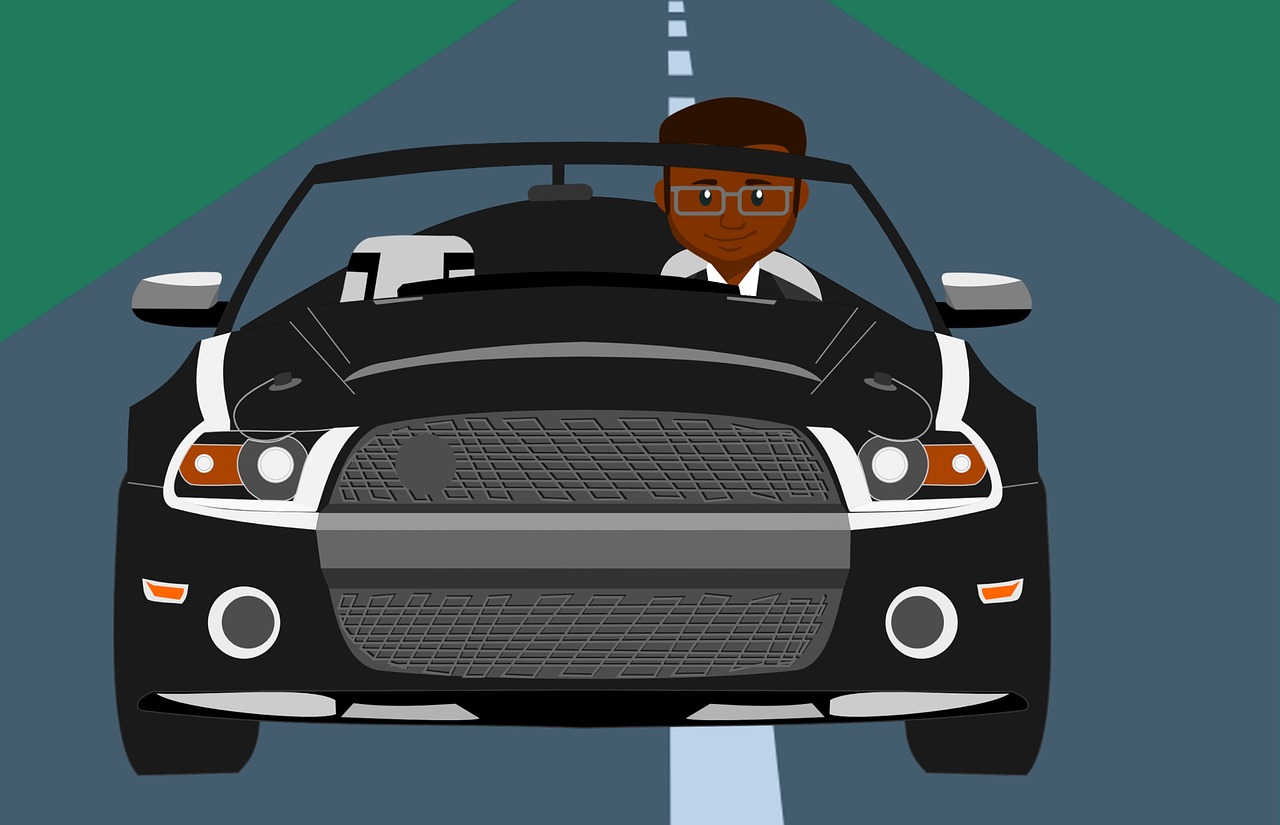When you go on holiday to Canada, you naturally want to be well prepared, especially for your Canada visa. You should not forget that you forget the lens of your camera, forget to request your ETA form or have taken out the wrong insurance for the camper rental. In this blog, we list all practical travel tips for you. This will prevent you from getting nickel-free from the cold in the mountains, from walking around on the Great Plains for two weeks with sunstroke or from drowning in huge tidal differences in New Brunswick.
With the practical travel tips below we prepare you as well as possible for your vacation to Canada.
Practical Travel Tips for Your Vacation to Canada:
1. Remember your travel papers:
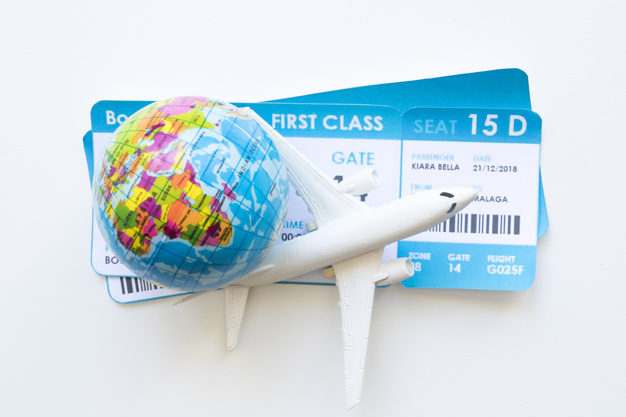
One of the practical travel tips that should not be missed is the eTA form. Since March 15, 2016, this so-called electronic Travel Authorization form, in addition to your passport, is a mandatory travel document if you want to travel to Canada. The reason for this form is to make travel to Canada easier and to curb illegal immigration. On the page about the eTA form, you can read all relevant information and where you can request the form. You have to do this yourself.
2. Do you opt for Eastern or Western Canada?
Many travelers who choose Canada as their travel destination for the first time do not know where to go. Choose in accordance with your needs.
3. Canada time difference and time zones:
The time difference with Canada is not the same everywhere. Since Canada is a huge country, it is divided into different time zones, even six time zones. For example, the time difference in Vancouver in the west differs by 4½ hours from that of Newfoundland in the east. Read more about the time differences and time zones in Canada.
4. Bilingual:
If something should not be missing from the list of practical travel tips, then it is that Canada is a bilingual country. The two official languages are English and French. French is spoken almost everywhere in the province of Quebec, but also in New Brunswick. And well, call it French, because it is almost incomprehensible to a layman. It is French from the colonial era, strongly influenced by the English tongue and very difficult to understand if you are not used to it.
The Quebecans are very proud of their origins and that echoes through in their language. Never speak to them in English at first, but in French. If you start in English, they pretend they don’t understand you. Even though your French is still so bad, try it. If you can’t figure it out, they suddenly seem to speak English fluently.
5. Currency in Canada:
The currency in Canada is the Canadian dollar, which is divided into 100 pence. A euro is worth about 1.47 dollars, the other way around a dollar is worth 0.68 euros. In Canada, denominations of 5, 10, 20, 50 and 100 dollars are used. Canadian coins that are used are those of 1, 5, 10 and 25 cents. In addition, one-dollar and two-dollar coins are used, the so-called Loonies and Toonies.
6. Fuel and refueling in Canada:
Fuel prices in Canada vary widely per region. In the Toronto area, you can pay $ 1.03 per liter of gasoline, while in Calgary you pay $ 0.90. When refueling in Canada it is common to use your credit card or debit card. It just works the same as with unmanned gas pumps in our country. Pay attention, because although there are fewer, there are still surprisingly many manned gas pumps in Canada, where you will be served full service. They do expect a tip.
Hopefully, the above information can help you in planning a vacation in Canada.
Read Also:













